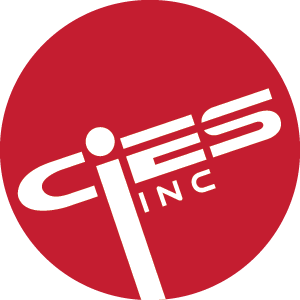
How or when can I pay?
You will be invoiced and a payment link will be emailed to you upon completion of your units. Our lead time fluctuates, so please note the date when your order will be completed. If you would like to pay ahead of time, please have your order number ready and call us at (541) 977-1043.

What credit cards do you accept?
We take most major types of payment: Visa, Mastercard, American Express, and Discover. If you don’t see your payment method listed, just ask.

Where can I find STC paperwork?
If you are covered under our AML STC, the required paperwork is available below. If you are not on our STC, you are still covered under our TSO but you will need a field approval upon installation. If you are outside the United States, we will provide Form 8130 with your shipment. Download: AML STC or FAA Permission Letter

How should I prep for the install?
You might want to make the install easier, quicker and problem-free. Here’s what you can do to prepare for a successful experience:
- Review the Installation Manual.
- Ensure gauge compatibility.
- Run wiring as required in the Installation Manual.
- Visually inspect your tanks and new senders.
- Check your fuel system.
- Ensure you have everything needed for the install.
Yes, the installation of CiES FAA TSO fuel quantity systems into most type certificated GA aircraft is approved under a FAA AML STC and an EASA STC. Based on the success of our proven TSOA process and our commercial success in OEM programs, the FAA authorized STC installation of the CiES digital fuel senders as a replacement for existing resistance or capacitance-based fuel quantity in GA aircraft. These senders interface with modern cockpit instrumentation. We are working on adding other aircraft and instrumentation to the STC.


